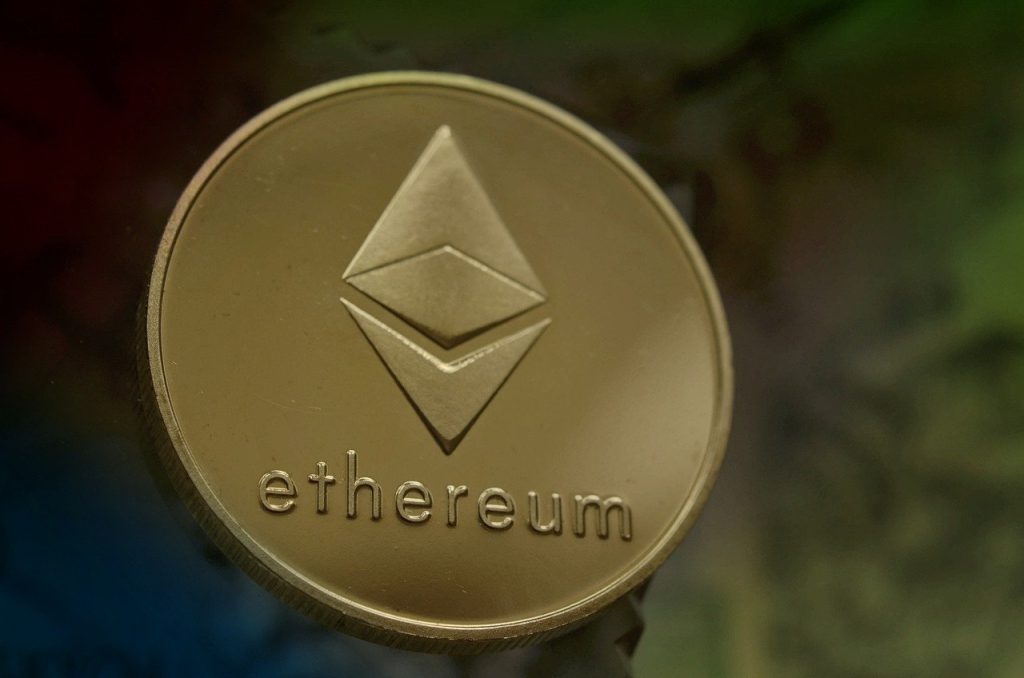In times of economic uncertainty, investors have historically turned to assets like gold, commodities, or government bonds as a hedge against inflation. Since the birth of Bitcoin and the rise of Ethereum, a new debate has emerged: can these digital assets serve as effective inflation hedges? Some enthusiasts argue that Bitcoin is “digital gold,” while Ethereum—with its evolving tokenomics—offers a unique deflationary mechanism. Others remain skeptical, pointing to crypto’s volatility, youth, and dependency on broader market cycles. To answer this question, we must analyze Bitcoin’s positioning, Ethereum’s evolving economic model, and how both compare with traditional hedges.
Bitcoin as “Digital Gold”
Bitcoin’s most prominent narrative has been its comparison to gold. Both assets share several hedge-worthy characteristics: scarcity, decentralization, and global recognition.
- Scarcity Through Supply Cap
Bitcoin’s maximum supply of 21 million coins is hard-coded into its protocol. Unlike fiat currencies that can be printed at will, Bitcoin’s issuance schedule is predictable and deflationary over time. Halving events every four years cut new supply in half, mirroring the idea of gold’s limited extraction. This supply discipline is a core reason why many see Bitcoin as an inflation-resistant store of value. - Decentralized and Borderless
Unlike fiat currencies tied to government policies, Bitcoin operates outside centralized monetary control. Investors in countries facing hyperinflation—such as Venezuela or Turkey—have increasingly used Bitcoin as a safe haven when local currency collapses. Its ability to transcend borders provides an advantage over traditional assets. - Challenges to the “Digital Gold” Thesis
- Volatility: Unlike gold, Bitcoin’s price swings can exceed 20% in a single day, undermining its role as a stable hedge.
- Correlation with Risk Assets: Since 2020, Bitcoin has shown strong correlation with U.S. tech stocks, moving with risk-on sentiment rather than acting as an independent hedge.
- Regulatory Risks: Restrictions on crypto exchanges and taxation policies can limit Bitcoin’s accessibility and reliability as a hedge.
While Bitcoin mirrors many of gold’s features, its relatively short history means its hedge status remains unproven in multiple inflationary cycles.
Ethereum After EIP-1559: Toward a Deflationary Model
Ethereum, the world’s second-largest cryptocurrency, is often seen as a utility-driven asset rather than a pure store of value. Yet recent upgrades have altered its economic design, giving it potential hedge-like qualities.
- EIP-1559 and Token Burning
The London hard fork in August 2021 introduced Ethereum Improvement Proposal 1559 (EIP-1559), which burns a portion of transaction fees. This mechanism directly reduces ETH’s circulating supply, creating a deflationary pressure when network usage spikes. - Proof-of-Stake and Supply Discipline
With Ethereum’s transition to proof-of-stake (The Merge in 2022), ETH issuance decreased significantly. Validators now earn staking rewards rather than miners receiving block subsidies, reducing inflationary pressure on ETH’s total supply. - Utility-Backed Demand
Unlike Bitcoin, Ethereum is the backbone of decentralized finance (DeFi), NFTs, and Web3 applications. As network activity grows, so does demand for ETH as “gas” to power transactions. This built-in utility distinguishes it from traditional commodities, tying its hedge potential to ecosystem adoption. - Limitations as a Hedge
- High Correlation with Bitcoin: Ethereum’s price movements still largely follow Bitcoin, which may dilute its independent role as an inflation hedge.
- Technological Risk: Ethereum’s constant upgrades and reliance on scaling solutions create uncertainty about long-term stability.
- Competition: New blockchains like Solana, Avalanche, and Cardano challenge Ethereum’s dominance, potentially fragmenting its utility base.
Ethereum’s deflationary mechanisms make it an intriguing candidate for hedge-like behavior, but its identity as a “technology asset” complicates the narrative.

Comparing with Traditional Commodities
To assess whether Bitcoin and Ethereum truly act as inflation hedges, we must compare them to established commodities like gold, silver, and oil.
- Gold as the Benchmark Hedge
Gold has millennia of history as a store of value, offering stability and liquidity even in times of crisis. Its volatility is far lower than cryptocurrencies, reinforcing its hedge credentials. Bitcoin may share some features with gold, but it lacks the track record. - Oil and Energy Assets
Oil prices often rise during inflationary periods, making them strong hedges tied to real-world consumption. Ethereum’s analogy here could be its role as “digital oil” powering decentralized applications. However, Ethereum’s volatility far exceeds oil markets, making it a speculative counterpart. - Correlation Analysis
Studies show Bitcoin and Ethereum have mixed results in inflationary periods. During 2021–2022, as inflation surged, both assets initially rose but later declined sharply alongside equities. This suggests they function more like high-beta risk assets than stable hedges.
Lessons from Market Behavior
- Short-Term vs. Long-Term Dynamics: In the short term, Bitcoin and Ethereum often fail as inflation hedges due to volatility and market correlation. Over the long term, however, Bitcoin’s scarcity and Ethereum’s deflationary mechanics may offer hedge-like features.
- Adoption Matters: The degree to which these assets act as hedges depends on global adoption. As institutions accumulate Bitcoin for balance sheet diversification, its correlation with gold may strengthen. Likewise, as Ethereum becomes the infrastructure for global finance, its hedge potential could mature.
- Diversification Remains Key: Instead of replacing traditional hedges, Bitcoin and Ethereum may complement them. A balanced portfolio might include gold, equities, and cryptocurrencies, capturing both stability and high-growth potential.
Conclusion
So, are Bitcoin and Ethereum inflation hedges—fact or fiction? The answer lies in nuance. Bitcoin carries the strongest claim as “digital gold” thanks to its capped supply and decentralized design, but its volatility undermines short-term stability. Ethereum, with its evolving tokenomics and utility-driven demand, may become a new kind of hedge, but its reliance on adoption cycles adds complexity. For now, both assets function more as speculative growth plays with potential long-term hedge qualities, rather than reliable inflation shields like gold or commodities. Investors seeking inflation protection should treat them as complementary tools rather than replacements for traditional assets.

























